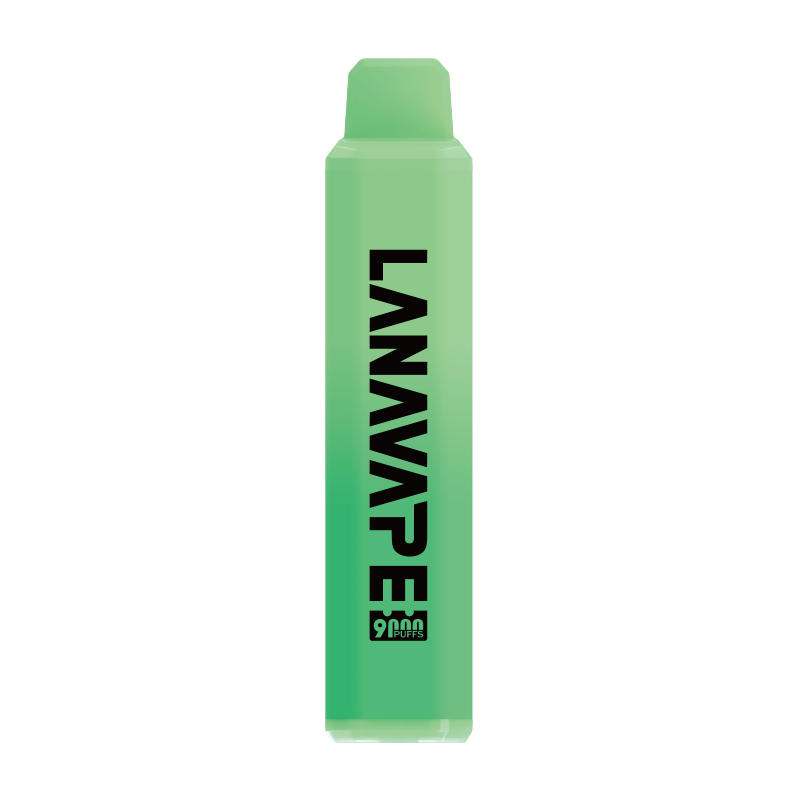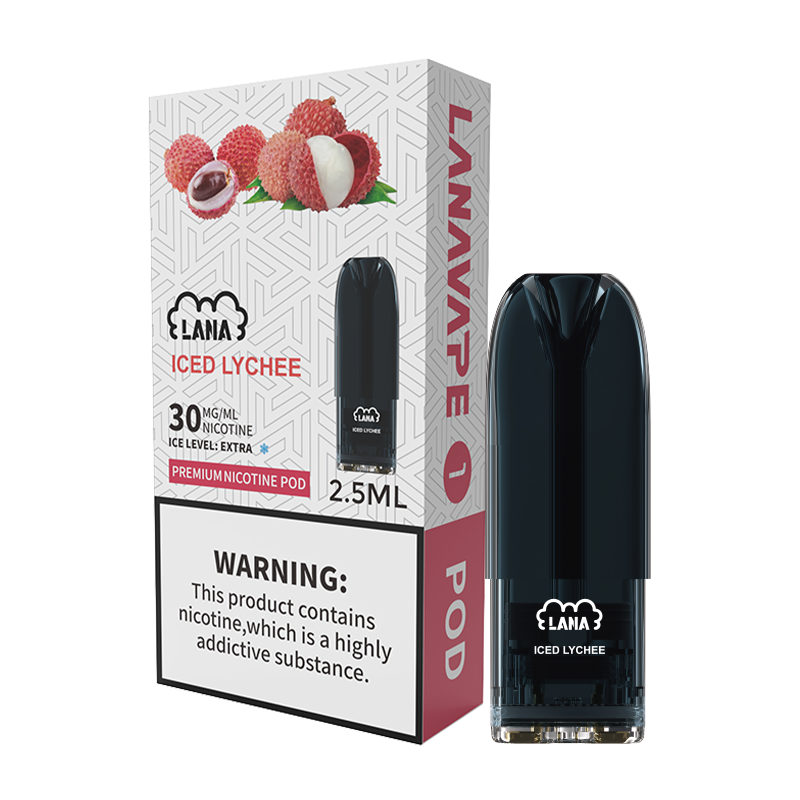WARNING: This product contains nicotine. Nicotine is an addictive chemical.
WARNING: This product contains nicotine. Nicotine is an addictive chemical.
WARNING: This product contains nicotine. Nicotine is an addictive chemical.
WARNING: This product contains nicotine. Nicotine is an addictive chemical.

PRODUCT




ABOUT




SUPPORT




English





WARNING
Are you 21 or older ?
This product contains nicotine.Nicotine is an addictive chemical. Only for adults, MINORS are prohibited from buying e-cigarette.
Under 21
21+
Website restricted to adults who are 21 years of age or older. By entering This site. you are certifying
that you are 21 years of age or older.
404
Oops!
Request Fail!
The page you are looking for does not exist!
ABOUT LANAVAPE
SUPPORT
CONTACT US
Tel: +8619926442584
Email: inquiry@lanavape.com
Service Time: 9:00am-12:30am, 2:00pm-6:30pm, Monday-Friday GMT+8
Address: 11F, Block B, Xingzhan Plaza, No. 446 Nanhuan Road, Shajing Town, Bao'an District, Shenzhen, China.
PRODUCT
SUPPORT
Contact Us
Tel: +8619926442584
whatsapp: +8619926442584
Business Contact: inquiry@lanavape.com
Customer Service: inquiry@lanavape.com
Marketing Cooperation: inquiry@lanavape.com
Service Time: 9:00am-12:30am, 2:00pm-6:30pm, Monday-Friday GMT+8
Address: 11F, Block B, Xingzhan Plaza, No. 446 Nanhuan Road, Shajing Town, Bao'an District, Shenzhen, China.
Copyright ©
LANAVAPE All Rights Reserved

























